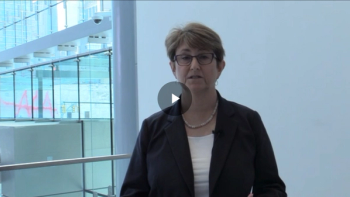
Claire Gelfman, PhD, Chief Scientific Officer of Foundation Fighting Blindness, supplies a brief overview of the foundation's aims and updates on retinal disease research.

Claire Gelfman, PhD, Chief Scientific Officer of Foundation Fighting Blindness, supplies a brief overview of the foundation's aims and updates on retinal disease research.
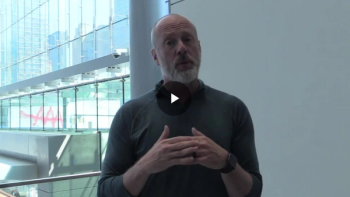
At ASRS 2022, John Kitchens, MD, presented, “Personalized Treatment Interval Dosing Dynamics Over 2 Years in the Phase 3 YOSEMITE and RHINE Trials of Faricimab."
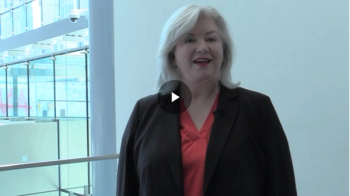
Kerrie Brady, CEO of OcuTerra Therapeutics, shares an update on their eye drop-based integrin inhibitor, which is intended to be a novel therapy for diabetic retinopathy.
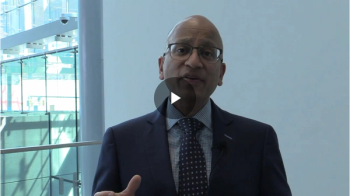
At ASRS 2022, Sunir Garg, MD, FACS, discussed his talk entitled, “Impact of Delay in Repair of Rhegmatogenous Retinal Detachment: Real-World Outcomes from the IRIS Registry.”
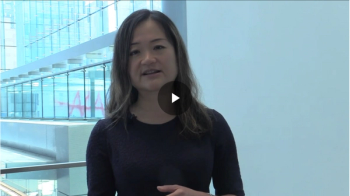
At ASRS 2022, Sally Ong, MD, presented a talk entitled, “Vitrectomy vs Vitrectomy With Scleral Buckling in the Treatment of Giant Retinal Tear Related Retinal Detachments: International Multicenter Study.” Here she shares the biggest takeaways.
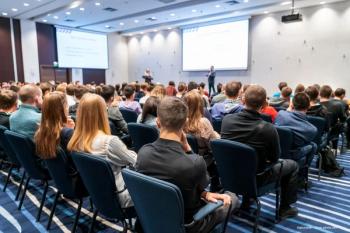
The American Society of Retina Specialists held its 40th Annual Meeting in New York, New York, from July 13-16, 2022. While data was presented for all topics in retina, new revelations in age-related macular degeneration, diabetic retinopathy, and diabetic macular edema dominated the conversation.

J. Fernando Arevalo, MD, PhD, investigated the anatomic and functional outcomes of pars plana vitrectomy, scleral buckle, or a combination of the two, and suggested that the combination approach may need further consideration.
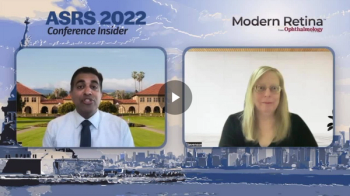
Rahul Khurana, MD, discusses his 2022 ASRS talk, “Phase 2 Study of THR-149, a Plasma Kallikrein Inhibitor in Patients With DME Who Respond Suboptimally to Anti-VEGF Treatment (Month 6 Results of Part A of the KALAHARI Study),” which he presented in New York City, New York.
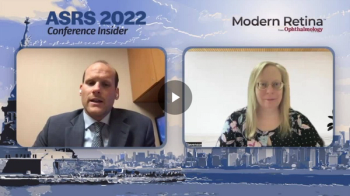
At ASRS in New York, Matthew Starr, MD, presented, “Factors Associated With Fluctuations in Central Subfield Thickness in Patients With Diabetic Macular Edema Using 2 Clinical Trial Databases.”
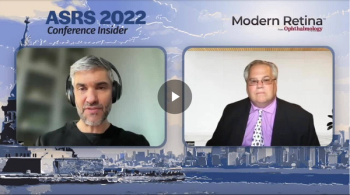
At ASRS in New York City, Charles Wykoff, MD, presented a talk entitled, “Suprachoroidal Delivery of RGX-314 Gene Therapy for Diabetic Retinopathy: Phase II ALTITUDE Study.” The trial demonstrated large improvements for patients with diabetic macular edema (DME) and non-proliferative diabetic retinopathy (NPDR), with notable improvements according to the Diabetic Retinopathy Severity Scale (DRSS).
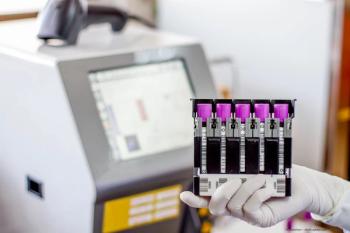
The future risk of the development of new-onset vision-threatening diabetic retinopathy, diabetic macular edema, and proliferative diabetic retinopathy can be predicted using the patient’s retinopathy status and hemoglobin A1c value.
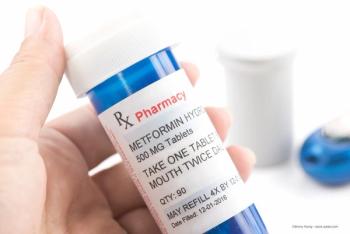
Metformin, a frequently prescribed drug to treat diabetes, could be a novel therapy for AMD.
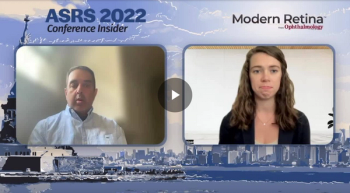
At ASRS 2022 in New York City, New York, Rishi Singh, MD, is presenting, “12-Month Results of EYP-1901 Vorolanib in a Bioerodible Durasert Insert for nAMD: The DAVIO Trial.” The Phase 1 trial showed a reduction in treatment burden over 12 months as well as a favorable safety profile.
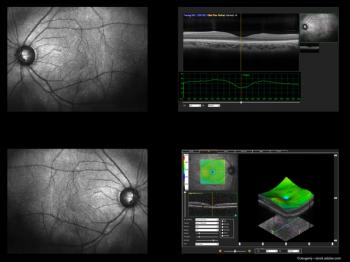
Investigators from Thailand took a close look at retinal fluid fluctuations in Thai patients with wet age-related macular degeneration (AMD) and devised a better way to measure the fluctuations in the central subfield thickness (CST).
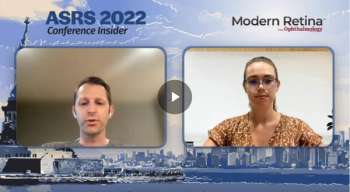
Christopher Henry, MD, presented a talk entitled, “Efficacy of Suprachoroidal Triamcinolone Acetonide Injectable Suspension in the Treatment of Macular Edema in Patients With Chronic Uveitis,” at ASRS 2022 in New York City, New York.
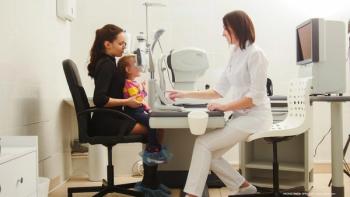
Rhegmatogenous detachments increased with age; myopia, trauma, and history of retinopathy were common underlying risk factors for development of rhegmatogenous retinal detachments.
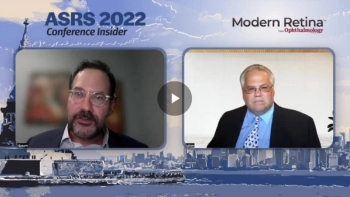
At ASRS in New York City, New York, David Eichenbaum, MD, presented “Efficacy, Durability, and Safety of Faricimab in Diabetic Macular Edema: 2-year Results on the Phase 3 YOSEMITE and RHINE Trials.”
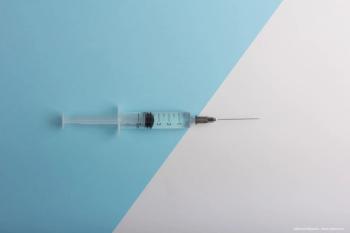
Treatment with faricimab in patients with neovascular AMD achieved improvements in the visual acuity, central subfield thickness, and pigment epithelial detachments.
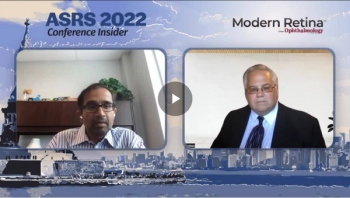
At ASRS 2022, Raj K. Maturi, MD, presented a talk entitled, “UBX1325, A Novel Senolytic Therapy for Treatment- Experienced Patients With Chronic DME or Wet AMD: 24-Week Results of a Phase 1 Study.”
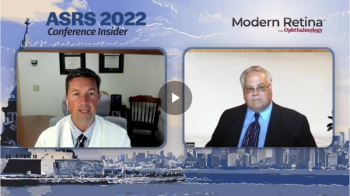
At ASRS in New York City, New York, Justis Ehlers, MD, presented a talk entitled, “Higher Order OCT Feature Assessments of the Impact of Fluid Dynamics on Visual Acuity in Neovascular AMD in a Phase III Clinical Trial: The Importance of Outer Retinal Integrity.” Here he discusses the findings.
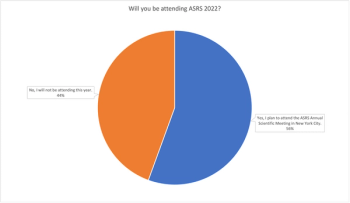
Results from our recent poll regarding ASRS 2022 attendance indicate that most ophthalmologists and retina specialists plan to participate in the Annual Meeting in person in New York, New York.

The 40th annual Scientific Meeting of the American Society of Retina Specialists is scheduled for July 13-16, 2022, in New York.

A poll for retina specialists regarding their attendance at the 2022 American Society of Retina Specialists 40th Annual Scientific Meeting in New York City, New York. This poll is now closed.
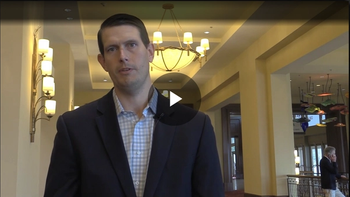
John B. Miller, MD, discusses widefield swept-source OCTA and its use in monitoring biomarkers in diabetic retinopathy.
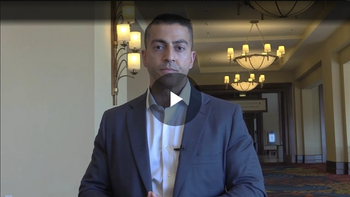
Ash Abbey, MD, discusses the COED trial, testing the efficacy of combining steroid and anti-VEGF therapy in patients with diabetic macular edema.
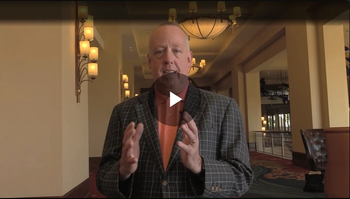
At ASRS, David Brown, MD, reported positive results at the head-to-head endpoints of KESTREL and KITE, but with continuing concerns about inflammation.
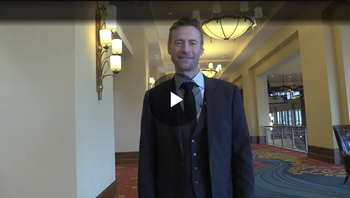
Nathan Steinle, MD, discusses top-line results of the OAKS and DERBY trials, testing the efficacy of pegcetacoplan for the treatment of geographic atrophy.
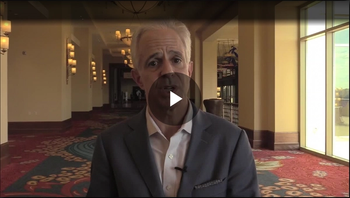
Carl Regillo, MD, takes us through the history of the port delivery system, from ideation to FDA approval.
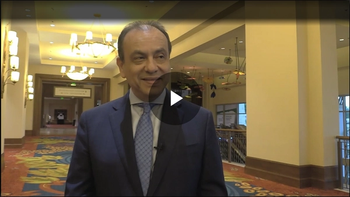
Dr. Victor Gonzalez discusses his presentation at ASRS, regarding 0.19mg fluocinolone acetonide implants in diabetic macular edema (DME) patients.

In his presentation at ASRS 2021, Dr. Michael Singer divulges the results of the phase 2 study of formulations used to decrease macular edema in patients with retinal vein occlusion.